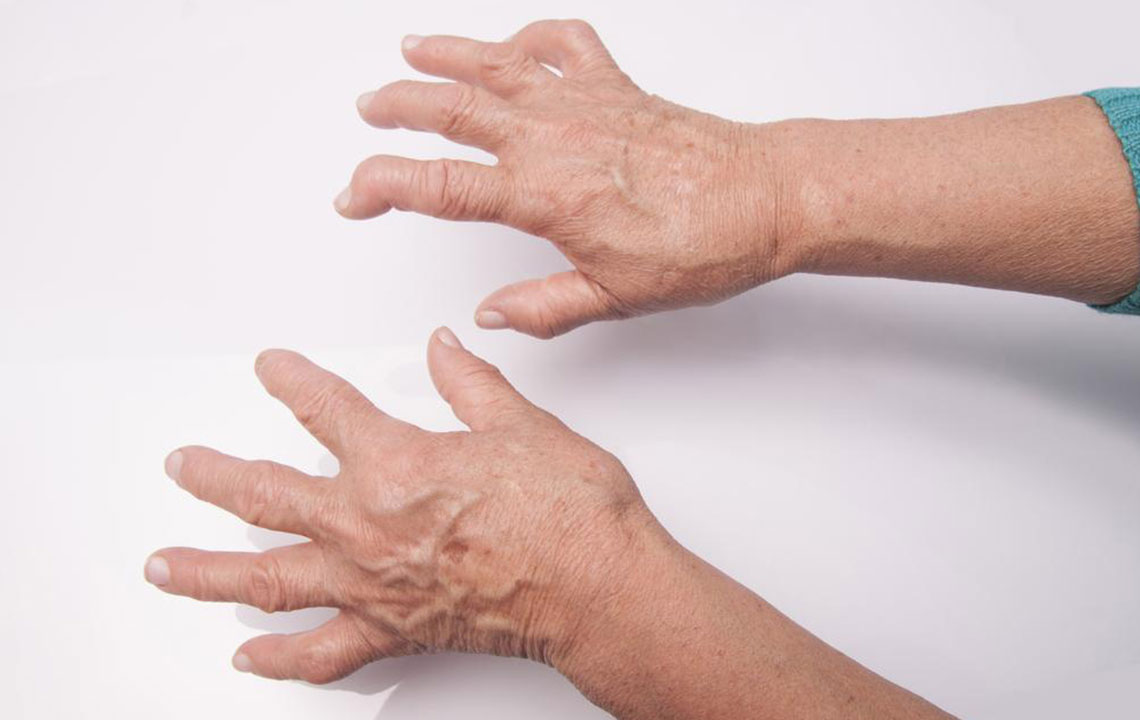Here’s What You Need to Know About Rheumatoid Arthritis Symptoms
Rheumatoid arthritis is a widespread disease that affects the people vastly. Most people can are well aware of arthritis which is associated with joint pains. On the other hand, the word rheumatoid is derived for ‘rheumatism,’ comprises all the conditions causing chronic distress that affects the joints and the muscles.
How is rheumatoid arthritis different from articular rheumatism?
Rheumatoid arthritis is a persistent pain along with inflammation in the joints.

In general, with the loss of the soft tissues encasing the joints, it begins to feel tender, painful, swollen and stiff. Similar kind of pain is felt in the other parts of the body, for example, knees, wrists, elbows, hands, feet, and neck. Joint stiffness can also be felt after sitting for an extended period or experienced in the morning after you wake up. This painful feeling might take some time to subside.
Who is prone to rheumatoid arthritis attacks?
This disease does not occur until one is aged 30 or above. It is observed that it affects men and women aged between 30 to 60 years. Interestingly, this condition tends to affect women more than men. This joint swelling occurs on the interior protective wall of the bones. The affected area will continue to change and in extreme cases might stop function leading to partial paralysis. Therefore it becomes crucial to identify and manage the rheumatoid arthritis symptoms at an early stage.
Rheumatoid arthritis affects joints, primarily causing swelling and pain. Once detected, immediately start the treatment. There are training programs, prescriptions, and various other types of treatment that can improve and control the rheumatoid arthritis symptoms and maintain stability. It can be accompanied by natural remedies like exercise, rest, cold or hot compression, anti-inflammatory diet, gentle massages on the affected joints, etc. However, you need to be persistent in your effort for accomplishing long-term results.
Early symptoms of rheumatoid arthritis
People with RA may not initially see swelling or redness in the joints during the primary stages, but they may encounter pain and tenderness later. The following are some of the most common early rheumatoid arthritis symptoms.
- Tenderness, joint pain, stiffness or swelling for five to six weeks or longer
- Extreme tiredness throughout the day, where patients will feel weak, fatigued, and fall short of energy
- Excruciating stiffness in the morning for half an hour or longer
- Pain in multiple joints
- Pain in small joints like wrists, different joints of the feet and hands
- Lethargy, minimal appetite and sublime fever, apart from joint pain
Symptoms affecting the body and organ system
The rheumatoid arthritis symptoms and its effects may be fluctuating. A phase of high disease activity is called a flare-up, i.e., it develops swelling and other symptoms. A flare-up can last for many days or extend for months. Ongoing high levels of inflammation can cause problems everywhere in the body. Rheumatoid arthritis can attack other organs and body systems as well.
- It affects the eyes causing dryness, redness, pain, sensitivity to light and damaged vision.
- In the mouth, it causes gum irritation, dryness or infections.
- Skin is also affected. The presence of rheumatoid nodules is observed. These nodules are small lumps under the skin over bony areas.
- It can cause scarring and inflammation in the lungs, which eventually can lead to shortness of breath.
- Swelling of blood veins is experienced that can result in damaged skin, nerves and other different organs as well.
- A lower than a normal number of red blood cells may be seen.
Other common rheumatoid arthritis symptoms
Symptoms of rheumatoid arthritis can vary in different individuals, and there is no particular test for diagnosing rheumatoid arthritis in the early stages. Early signs of rheumatoid arthritis can be challenging to determine, because the symptoms may be unstable as they gradually subside and then reappear out of remission. Keeping track of the symptoms may help your physician to diagnose the condition.
Some common rheumatoid arthritis symptoms include
- A lack of appetite
- Sudden weight loss
- Fluid accumulation behind the ankles or the knee
- Tingling sensation or a numbing sensation that is felt in the hands and feet
By being aware of these rheumatoid arthritis symptoms, one can stay cautious and take preventive measures, which can eventually lower the intensity and pain in the long run.